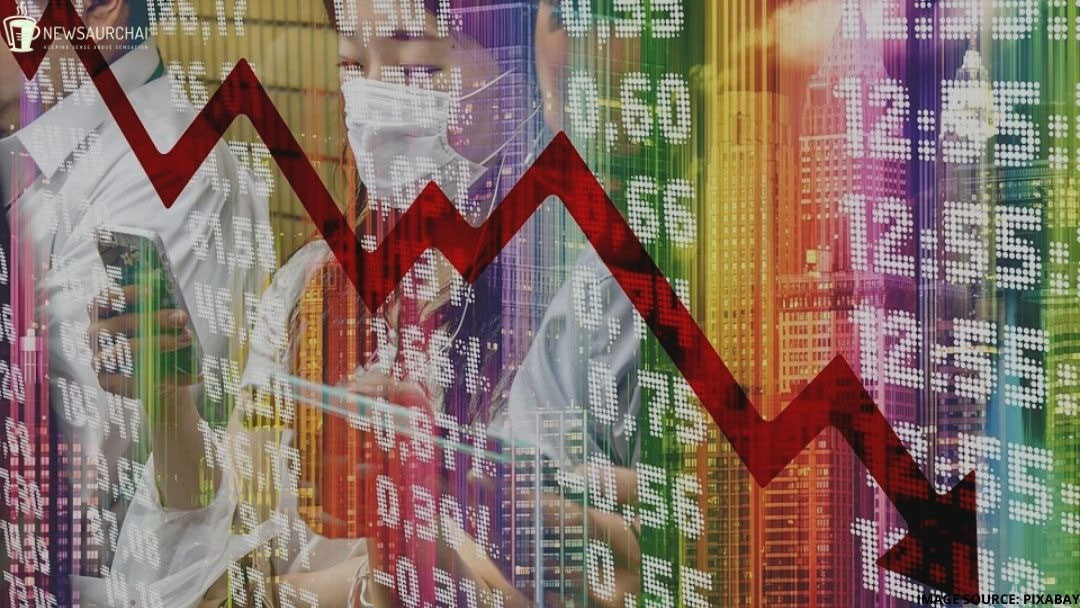
China, the epicentre of coronavirus pandemic, is fighting two wars on a single battlefield. It is not only grappling to contain the COVID-19 outbreak, that has infected over one lakh people worldwide, but also striving to prevent its enormous economy from undergoing a painful slowdown.
Millions of workers want to return to the factories and offices–many of which are shut following a lengthened Lunar New Year holiday– to protect their livelihoods.
The novel coronavirus that has killed more than 7,000 people worldwide continues to infect people across 162 countries and territories. And the most advisable solution for preventing the spread of this deadly disease is by avoiding social gatherings.
Wuhan, the epicentre of coronavirus, happens to be the economic, political, financial, commercial, cultural and educational hub of Central China is now under lockdown.
Recent reports show that Chinese President Xi Jinping is concerned that overly restrictive measures to contain the virus, including curbs on the road, rail and air travel, are damaging the world’s second-largest economy.
Meeting expectations
Economists point out to an expected loss of up to at least one per cent in Chian’s growth rate during the first quarter of 2020, while they predict the decline to continue for the entire year. Coronavirus has damaged the growth of an already declining economy.
Though China’s economy grew by 6.1 per cent over the year 2019, it is marked as the slowest expansion since 1990. For the fourth quarter, gross domestic product (GDP) grew by 6.0 per cent compared to the same period a year earlier.
While that situation continues, global supply chains of everything from eyeglasses to cars, chemicals, batteries and electronic components remain crippled.
As the confinement persists, the Chinese government is doing everything possible to prevent new cases; economists worry that this would additionally lead to stringent measures like preventing migrant workers from coming back, which will only hamper the economy further.
Locked in China
Uncertainty, fear and government measures now restrict migrant workers going back to their workplace after the Lunar New Year holiday, which was supposed to end on January 30.
Workers are worried as to coming in contact with infected, because of which they are forced to stay back in their hometowns. This is helpful for the Chinese government as they have confined workers returning to large manufacturing regions.
The government have asked to halt many of the local transportation facilities, the system of internal travel and residency permits also ensures that migrant workers stay put. Village committees are also reluctant to permit people to leave, while the cities restrict the entry of anyone without local residence permits, social insurance and long-term accommodation.
These restrictions will only hurt the economy of the country, especially the automobile and heavy manufacturing industries. Besides this restriction have already started to impact the economically important manufacturers such as Foxconn–the world’s largest contract electronics manufacturer and a key supplier for Apple’s iPhones.
Running on the edge
Analysts stated that the primary issue is that thousands of small- and medium-sized factories, assembly plants and facilitators of global supply chains in those key manufacturing areas are remaining shut.
Most of these small and medium factories are already running at debt and closure/minimal work for a prolonged period will only plunge them to bankruptcy.
The offices have now allowed their employees to work from home, while factories are working at minimum capacity, which is expected to increase as the pandemic slow down.
Collective actions
According to analysts, even if the virus outbreak clears up within the three months throughout which authorities in Beijing will be assisting companies – such as tax breaks and other stimulus measures – the economic problems could endure longer.
Analysts are now concerned as eventually when the situation falls back to normal–there is a likelihood that workers that are let off without pay or are owed three or four months wages or if the company does not pay their social insurance or pension contributions will lead to protest. Though the authorities are already working on such issues related to employees, how far it will be effective is yet to be seen.
Diversify to sustain
While international companies with the global supply chain can manage the short-term disruptions to their China operations, the long-term message to them is clear.
This is one reason why most foreign companies, mainly North American and European, try to diversify their supply chains.
With global warming and cheap transportation, there is a high possibility of this virus to spread further. Although many of the countries have suspended visa, travel and have lockdowns, the virus still seems to spread at a high pace.
Diversification of supply chain for companies will be one best option when such shocks turn up. Depending on one supplier or multiple suppliers from a single location can always lead to uncertainty.
While the Chinese economy fairly bounced back sharply after the severe acute respiratory syndrome (SARS) epidemic of 2002-2003 outbreak–the new coronavirus pandemic seems to lead the economy to a different trajectory.
Looking into the similarity between SARS and new coronavirus, experts expect that the virus will work its way out when the weather gets warmer.
Expects and economists stated that unless the virus doesn’t surge beyond expected, the Chinese economy will be crawling back to its pace within a month or so. However, during SARS factory works had remained functioning, which is entirely opposite from the current situation of lockdown.
Governments and companies will have to wait and watch for the aftermath the pandemic leaves behind and will have to be prepared to bounce back.






One Comment